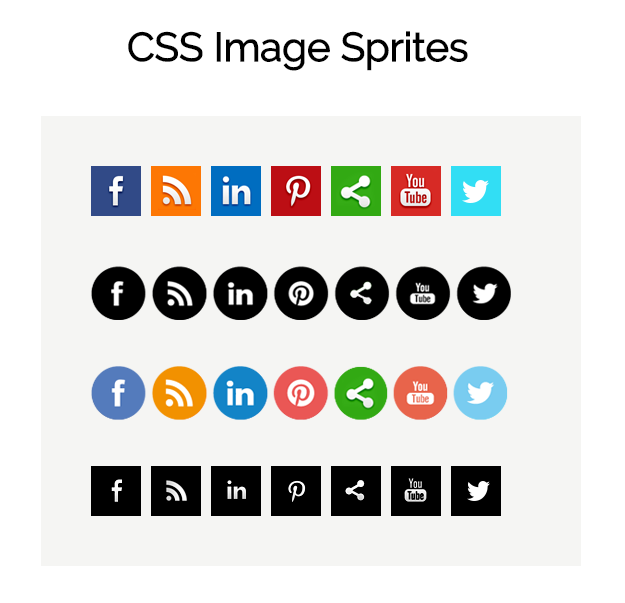- Chapter 16: “Images”
- Chapter 19: “Practical Information”
The HTML <img> tag is used to embed an image in a web page.
Controlling the size and alignment of your images using CSS keeps rules that affect the presentation of your page in the CSS and out of the HTML markup
Image Size - Width and Height
You can use the style attribute to specify the width and height of an image.
Example:
<img src="img_girl.jpg" alt="Girl in a jacket" style="width:500px;height:600px;">
In the last chapter, you saw how the float property can be used to move an element to the left or the right of its containing block, allowing text to flow around it.
by using display :bluck proparty
we have some proparties:
- background-image
- background-repeat
- background-attachment
- background-position
The background property acts like a shorthand for all of the other background properties you have just seen, and also the background-color property.The properties must be specified in the following order, but you can miss any value if you do not want to specify it.
- background-color
- background-image
- background-repeat
- background-attachment
- background-position
CSS3 will also support the use of multiple background images by repeating the background shorthand. Because few browsers supported this property at the time of writing, it was not commonly used.
div { background: url(example-1.jpg) top left no-repeat, url(example-2.jpg) bottom left no-repeat, url(example-3.jpg) centre top repeat-x;}
The first image is shown on top, with the last one on the bottom.
Using CSS, it is possible to create a link or button that changes to a second style when a user moves their mouse over it (known as a rollover) and a third style when they click on it.
CSS3 is going to introduce the ability to specify a gradient for the background of a box. The gradient is created using the background-image property and, at the time of writing, different browsers required a different syntax.
SEO is a huge topic and several books have been written on the subject. The following pages will help you understand the key concepts so you can improve your website's visibility on search engines.
The Basics
Search engine optimization (or SEO) is the practice of trying to help your site appear nearer the top of search engine results when people look for the topics that your website covers.
On-Page Techniques
On-page techniques are the methods you can use on your web pages to improve their rating in search engines.
- Page Title
- RL / Web Address
- Headings
- Text
- Link Text
- Link Text
- Page Descriptions
Off-Page Techniques
Getting other sites to link to you is just as important as on-page techniques. Search engines help determine how to rank your site by looking at the number of other sites that link to yours.
Before searching for information, you need to identify keywords related to your topic. The keywords you use have an impact on the results of your research.
Keywords and phrases can easily be found by scanning . . .
your initial research questions encyclopedia and other articles used when conducting background research bibliographies found at the end of books and articles If you are still struggling, try these suggestions:
Use a thesaurus to identify synonyms Find pictures related to your topic, then describe the picture Brainstorm keywords with a librarian, your instructor, or a friend
Visitor behavior analysis is a method of conducting qualitative research on visitors’ website behavior. Visitor behavior analysis involves employing multiple qualitative tools that help you track your website’s performance, understand website visitors’ on-site behavior, identify experience breakages, connect with individual visitors for feedback and suggestions, and then utilize all the insights to optimize the site-wide experience.

